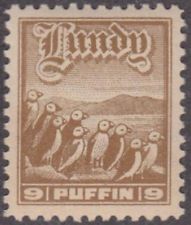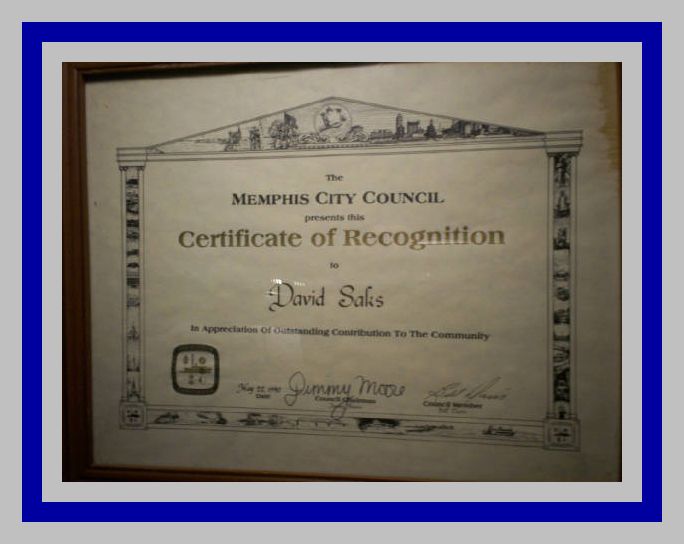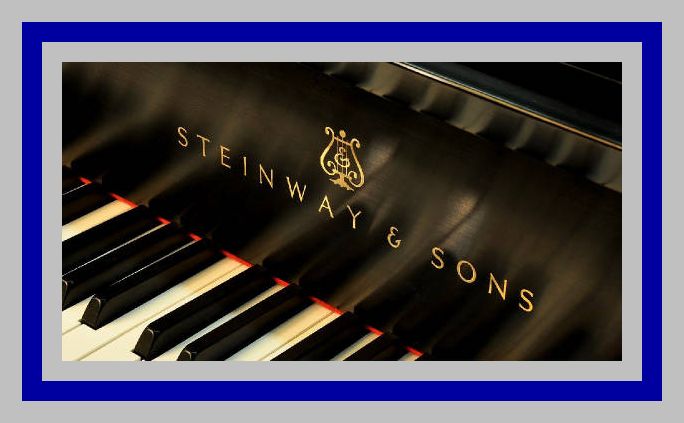|
|
Saturday, July 30, 2016
MIG Shooters, The Korean War & An Inverted CancellationDiscovered this great A.P.O. (Army Post Office)
cover from 1953, today.
Master
Sergeant H.S."Pinky" Crofford's Seasons Greetings. Sent from 6400th Maintenance Group Headquarters, A.P.O. 323 in care of P.M. Francisco, it was machine cancelled
with the inverted 1953 date cancellation at A.P.O.328 and sent to Memphis without a received cancellation on the
reverse side of the cover. The greeting
card is signed on the reverse by Pinky, " Pinky and his Mig shooter Pinky Della Sandra" This is a rare glimpse into a time of war, the Korean War which began June 25, 1950 and ended July
27, 1953, without a peace treaty.
Pinky
may have been part of the Armistice from July 1953 to November 1954, and stayed behind to help with
the peace efforts. The United
Nations Command, supported by the United States, the North Korean People's Army, and the Chinese People's Volunteers, signed
the Armistice Agreement on 27 July 1953 to end the fighting. Let's remember "Pinky" Crofford, and thank the A.P.O. for the inverted date cancel. 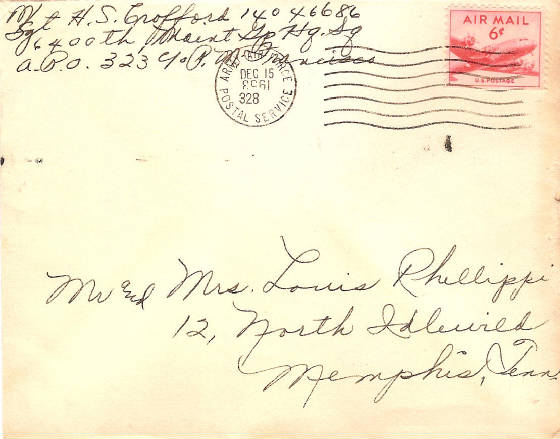
The CDS
(circular date stamp) year, 1953, is inverted in relation to the rest of the December 15th Army - Air Force machine cancel
tied to the six cent carmine Scott #C39 10x11 perforated, rotary press printed airmail stamp issued in 1949.
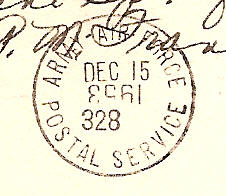
Unusual ? Scarce ? What
do you think ?


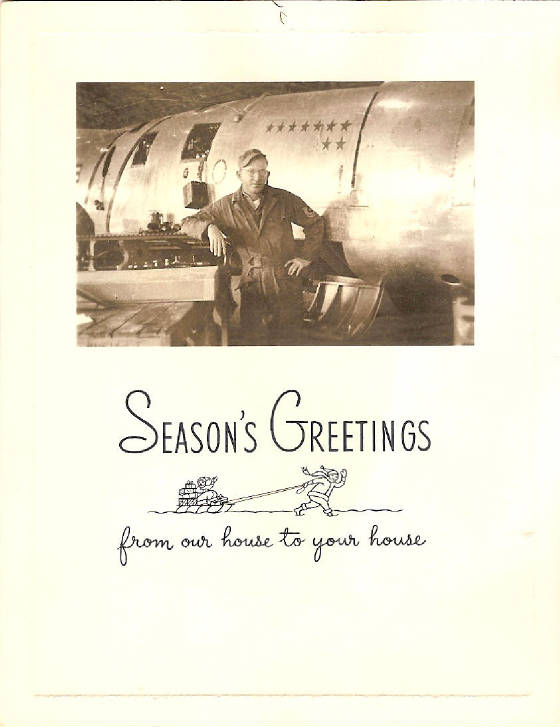
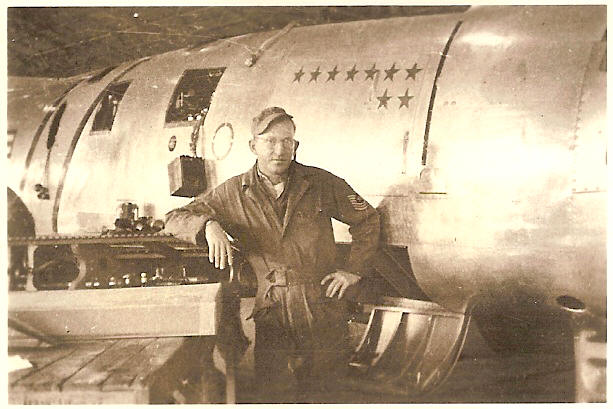
Thursday, July 28, 2016
Castasegna 1892Castasegna is one of the most beautiful places in the
world. It's in the Swiss Canton of Graubünden, right at the Italian border. I've never seen a cover from Castasegna
until now. I discovered it in an old box today.
The double-struck Swiss cancellation on the
front is beautiful. It took 11 days to
arrive in New York, apparently addressed to a musician, hence "Maestro". The reverse reveals the cancellation for it's receipt in New York oj June 22, 1892, and, finally,
it's arrival in Youngstown, Ohio on June 23, 1892. I
believe it to be rare because, since the year 1374 AD, fewer than 200 people have ever lived there, the population today only
191. The cover may have been sent by a
tourist visiting the region and sent to a school, possibly a school of music, located at 352 West Rayen Avenue North, Youngstown,
Ohio. I'm happy to have it in my collection. 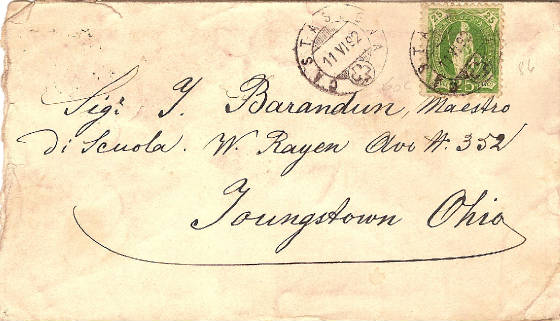
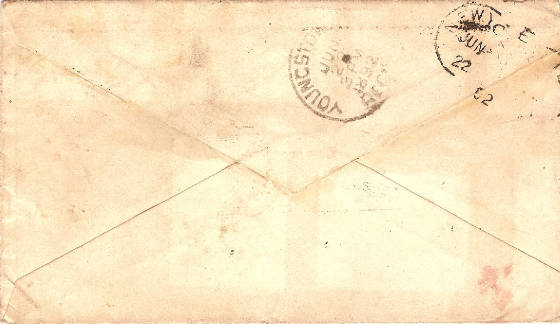
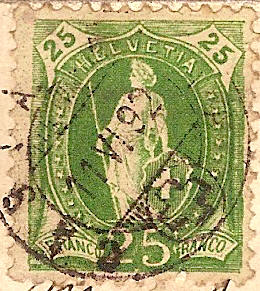
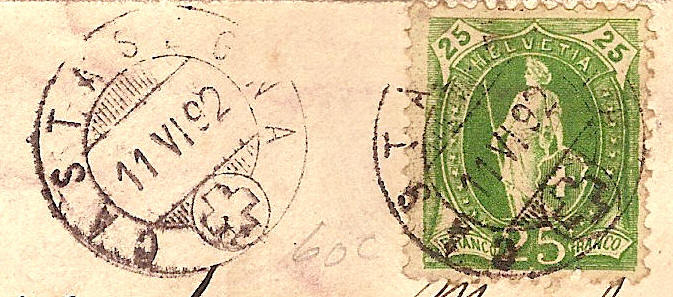
The stamp appears to be Switzerland, Scott Catalog
Number 83, Standing Helvetia, referenced as the Zumstein Group C, Cross-in-Oval Type 1 - Perforated 11 1/2 x 11
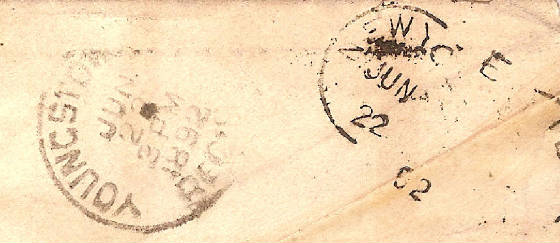
Castasegna has the largest Chestnut forest in Europe, known as Brentan. The town's name means chestnut grove and the tree is featured on the coat of arms.
|
|
For the next few weeks I'll be talking
about the first day covers of ArtCraft along with everything else.
ArtCraft closed it's doors recently after 76 years of making philatelic history.
I'm predicting a sudden, salubrious escalation in the value
of the ArtCraft cachet, all ArtCraft first day covers and ArtCraft portrait cards.
Including those connected to the Postal Commemorative Society
Their departure signals the end of an extraordinarily crucial,
very important, highly significant and exceedingly meaningful period in philately
A mournful signal which will be heard around the world and
lamented throughout the multitude of collectors
Leo
and Sam August treasured their associations with the world's greatest philatelists
Leo's contributions to our hobby were significant enough
to earn the coveted Luft Award and a place in the American Philatelic Society Hall of Fame.
ArtCraft has well-earned it's place in the great chronological
record in the history of philately.
Their
raised ink, line-engraved intaglio printed cachets rank among the most aesthetic in the world.
ArtCraft cachets are not just beautiful.
They are works
of art that showcase the wonders of the world and illuminate the powers of human creativity and ingenuity.
The Coober Pedy Cover
One of the World's Great Philatelic Rarities
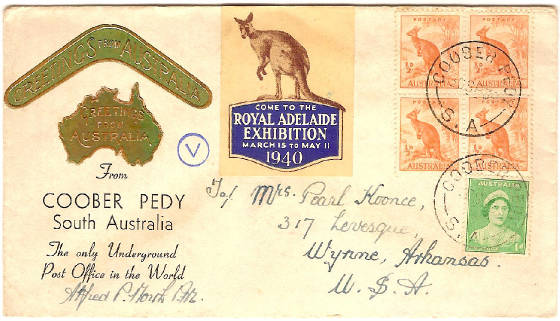
Could this become la pièce
de résistance de toute la modern Australian philatélie ?
Coober Pedy is a town in northern South Australia. The town is sometimes referred to as the "opal
capital of the world" because of the quantity of precious opals that are mined there. Coober Pedy is renowned for its
below-ground residences,called "dugouts", which are built in this fashion due to the scorching daytime heat.
The name "Coober Pedy" comes from the local Aboriginal term kupa-piti, which means "white man's hole".
Opal was found in Coober Pedy on 1 February 1915; since then the town has been supplying most of the world's gem-quality
opal. Coober Pedy today relies as much on tourism as the opal mining industry to provide the community with employment
and sustainability. Coober Pedy has over 70 opal fields and is the largest opal mining area in the world.
Coober
Pedy - no village, no buildings, no roads, just desert, mountains dotted with boulders. A bizarre lunar landscape, but
for opal seekers is the most exciting place on earth, where again every day is the true challenge, happiness and luck just
a shovel width apart and where life is defined by two words: winners and losers. Coober Pedy, grab your hat, throw it
into the air and where it lands start digging !

“The Scott
Numbers are the copyrighted property of Amos Press Inc., dba Scott
Publishing Co. The marks Scott and Scott’s are Registered in the U.S. Patent and Trademark Office,
and are trademarks of Amos Press, Inc. dba Scott Publishing Co. No
use may be
made of these marks or of
material which is reprinted from a copyrighted
publication
of Amos Press, Inc., without the express written permission of Amos
Press, Inc., dba Scott Publishing Co., Sidney, Ohio 45365.”





